Some buyers shy away from high-mileage cars. Others see it as a badge of honor, and an indication that a car has been maintained properly; if it hadn’t, it wouldn’t have attained such lofty numbers on the odometer. Opinions differ on what constitutes “high mileage,” but most people can agree that when the first digit flips to 3, you’re getting up there. Today, we’re going to look at two such long-haulers, both for the same price of $3,500.
Yesterday, we looked at a fancy Jaguar and a plain-jane Ford Escort, both for the same price. I had no idea how this one was going to go, and the vote was pretty close, but in the end, the twelve-cylinder Jag won. You all are a lot braver than I thought, or you really hate Ford Escorts.
Me, I wouldn’t touch that Jag if you gave it to me. I have had my fill of cantankerous British cars, and all I see there is a future full of cuss words and increasingly expensive online orders to Moss Motors. Soneone else is more than welcome to it. An Escort Pony isn’t exactly a dream car, but it would be fun to mess around with for a while, and is far less likely to make me want to throw a tool.
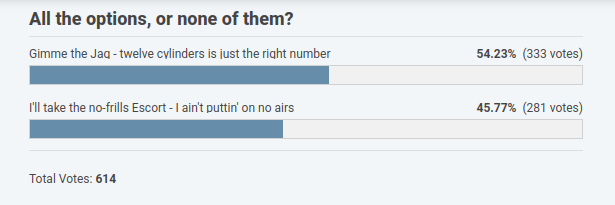
The highest-mileage car I’ve ever had was a 1991 Nissan Pathfinder, which finally succumbed to electrical problems (but still ran and drove) somewhere north of 360,000 miles. By the end, you could feel every one of those miles in the worn-out seat and suspension, and hear them in a mournful groan from the transmission in every gear except 4th. The highest-mileage car I’ve ever driven was a Chevy Astro van owned by a delivery fleet company, back when I was working at a garage. It had 670,000 miles on it, and was on its third engine and transmission, but still chugged along faithfully. They offered to sell it to me for cheap when they finally retired it. I declined, but I often wondered.
Today’s cars have both cleared 300,000 miles, and one of them is on its way to 400,000, and the sellers claim they’ll go much further. Knowing the reputations of both vehicles, I don’t doubt it – but which one would you actually want to keep racking up the miles in? That’s what we’re here to find out.
1996 Volvo 850 Wagon – $3,500

Engine/drivetrain: 2.4-liter DOHC inline 5, five-speed manual, FWD
Location: Austin, TX
Odometer reading: 391,000 miles
Operational status: Runs and drives “like it has 91k miles”
Volvo has a longstanding reputation for making cars that last, and for instilling the kind of brand loyalty that marketing execs can only dream about because of it. But in the mid-1990s, Volvo put its long-running line of rear-wheel-drive cars out to pasture and replaced them with an all-new front-wheel-drive platform. Would the new design be as durable as the old? Well, it has taken thirty years, but I think we can definitely answer that question “yes.”
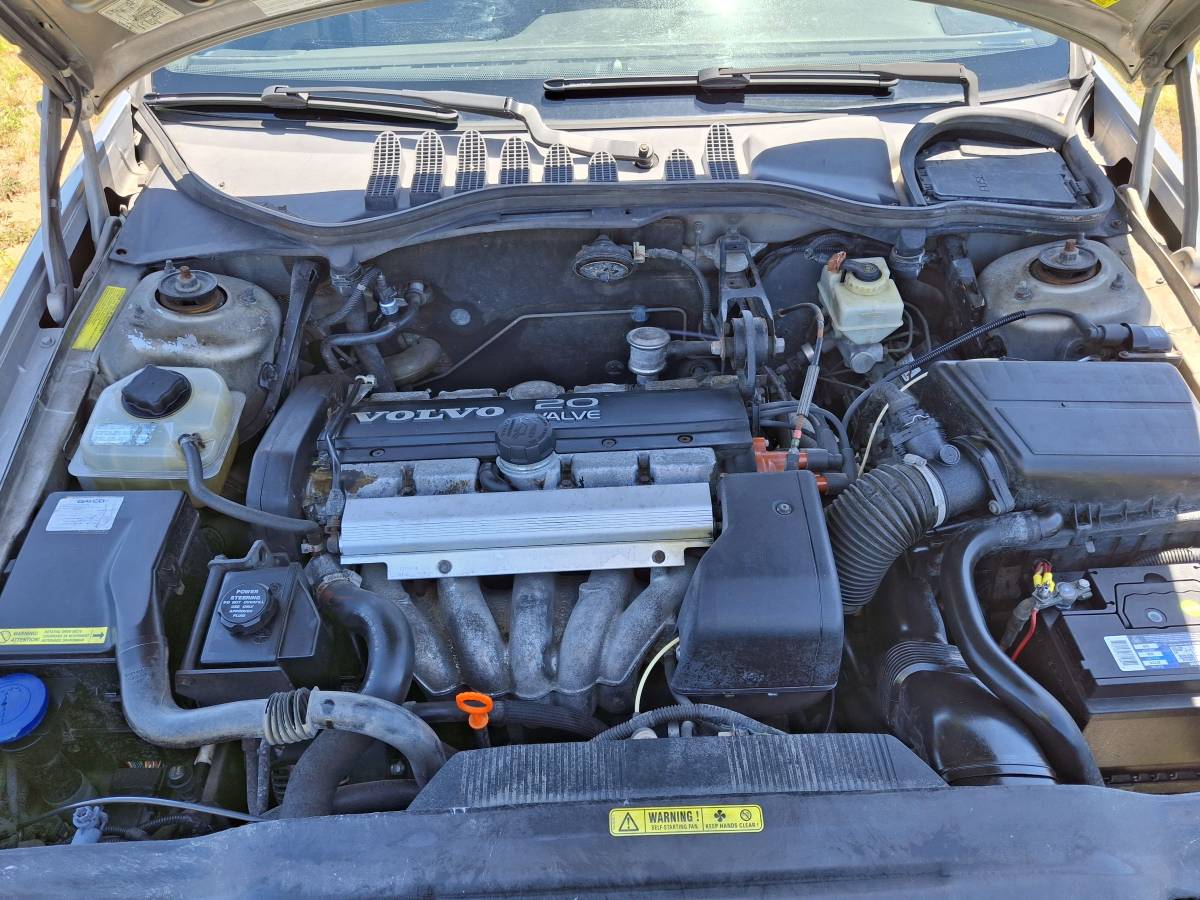
Out went the old “red block” four-cylinder, and in came an inline five, mounted transversely. This one is a 2.4-liter, with four valves per cylinder, driving the front wheels through a five-speed stick. The seller says it runs great, and it just received a new battery, fuel pump, and fuel filter.

This car is rapidly closing in on four hundred thousand miles, but I’ll be damned if it shows in the interior. There’s a cover on the driver’s seat, which I assume is hiding some wear, but the rest of it looks just fine. Oh, and the seller says the air conditioning is nice and cold.
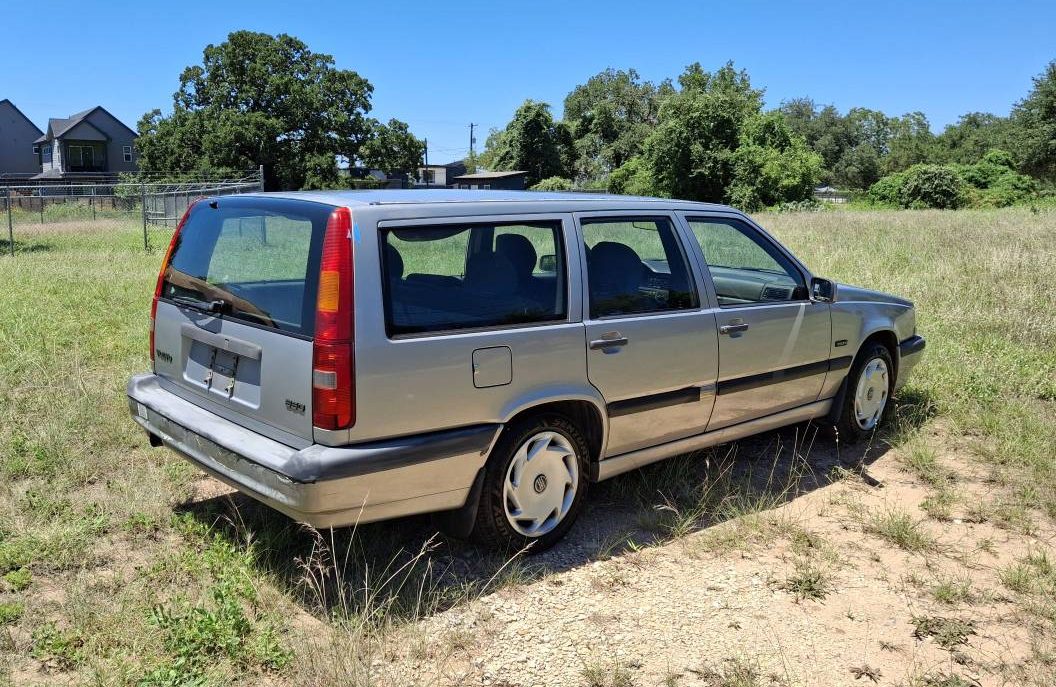
It’s a little faded here and there, and the trim is damaged in a couple spots, but it sure looks good for the mileage. I always preferred the sedan version of the old 240 to the wagon, but the 850 wagon is a really handsome machine. And this looks like a really good example.
2001 Toyota Sequoia SR5 – $3,500

Engine/drivetrain: 4.7-liter DOHC V8, four-speed automatic, RWD
Location: Curtice, OH
Odometer reading: 306,000 miles
Operational status: “You can hop right in and daily drive it”
Toyota trucks have been piling on the miles for decades as well, and not just the little ones. The T100 and Tundra full-size trucks have proven themselves just as durable as the little 20R/22R-powered ones. The Sequoia SUV uses the same platform as the Tundra, so at a little over 300,000 miles, this one should be just getting started.
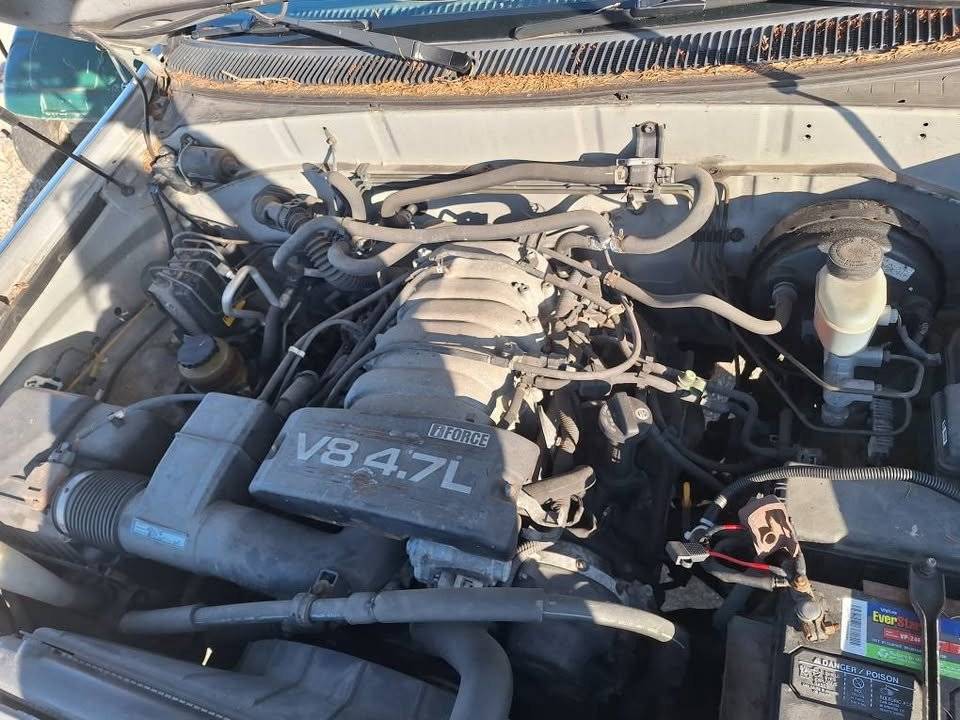
A big truck needs a big engine, and in the case of the Sequoia, that means a 4.7-liter V8, backed by a four-speed automatic. Most Sequoias you see are four-wheel-drive, especially in snowy places, but this truck originally came from Florida, where the extra foul-weather traction isn’t required. If you don’t need 4WD, why pay for it, or deal with the extra weight and maintenance? This truck runs and drives great, according to the seller, and needs nothing to be put into regular service by a new owner.
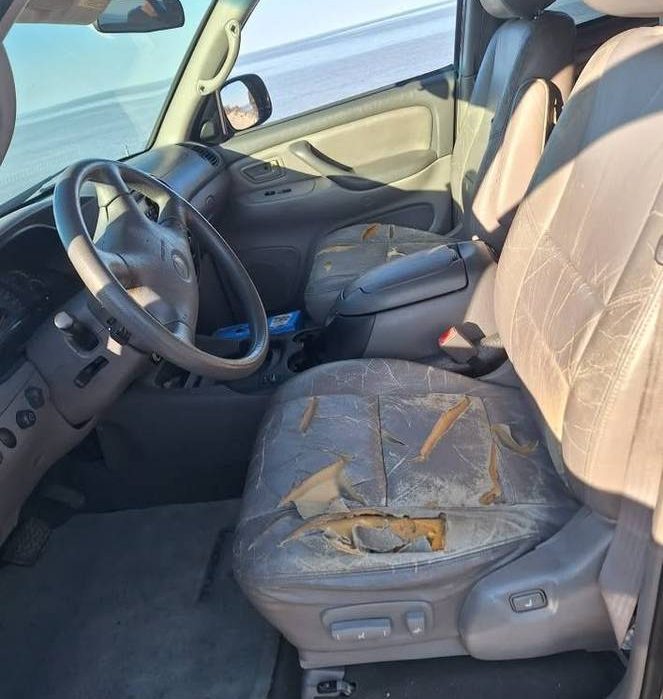
Well, almost nothing. The front seats are pretty much trashed; you’d probably want to put some covers on them. Replacing or reupholstering them probably isn’t worth it. The rest of the interior looks all right. The seller says they replaced the latch on the tailgate, but doesn’t mention the condition of anything else. My hope would be that that means everything else works.

Since it was a Florida car, it’s nicely rust-free. The trim strip under the grille has a little surface rust, but that’s about it. There are some paint blemishes here and there, but nothing worth worrying about. It got new tires three years ago, and the windshield was recently replaced. The seller also equipped it with a trailer hitch, brake controller, and helper springs in the rear, so it’s ready to tow if you want it to.
These both probably have quite a lot of life left in them, but I bet they both feel tired. That Pathfinder we had still drove just fine, but it felt hollowed-out, threadbare, like all the niceness it might have once had was worn away, leaving nothing but brute function. I imagine these are similar. But at this price, proven durability and reliability mean a lot. So which one are you willing to take a gamble on: the Swedish brick, or the extra-value-size 4Runner?

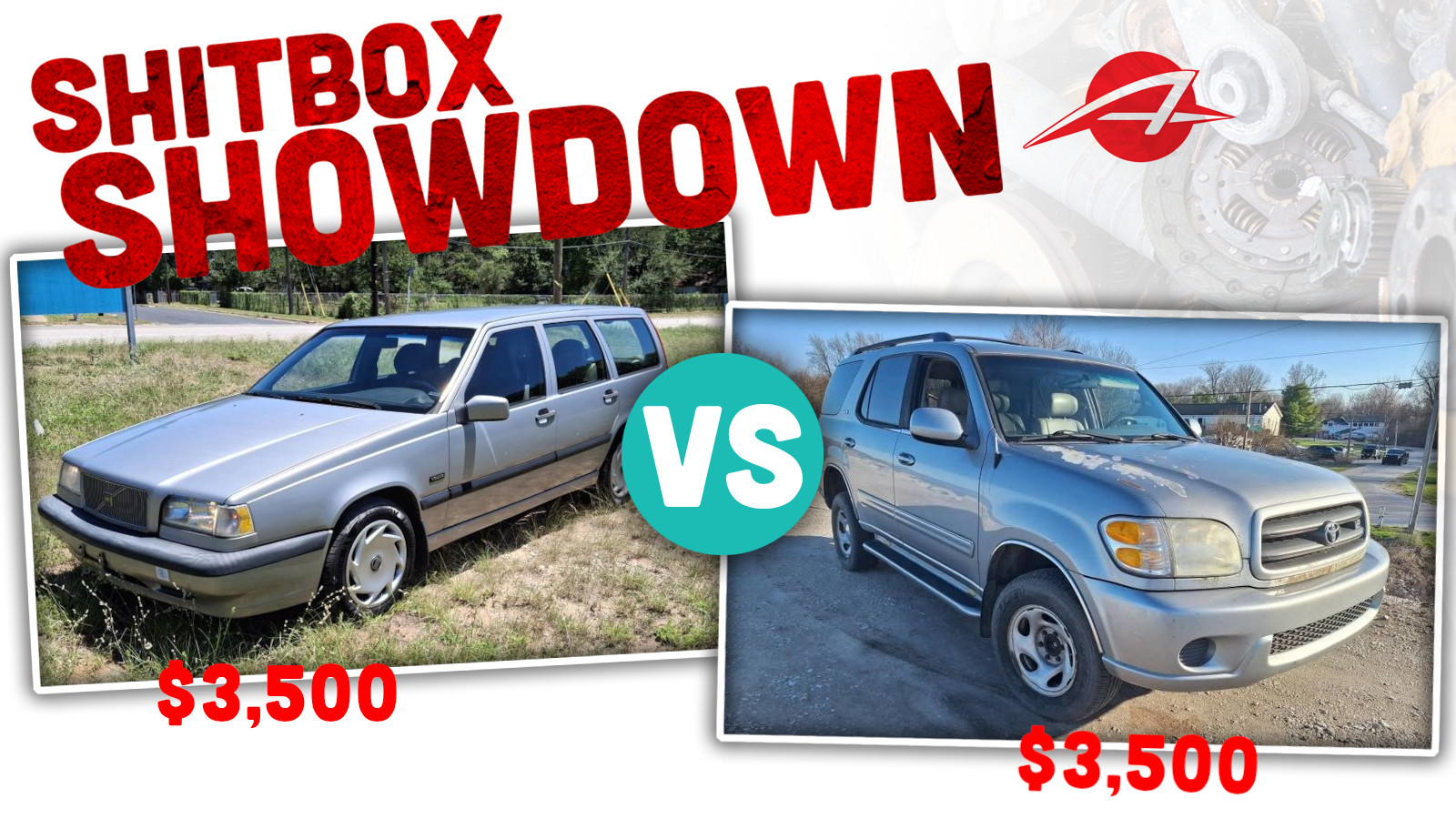




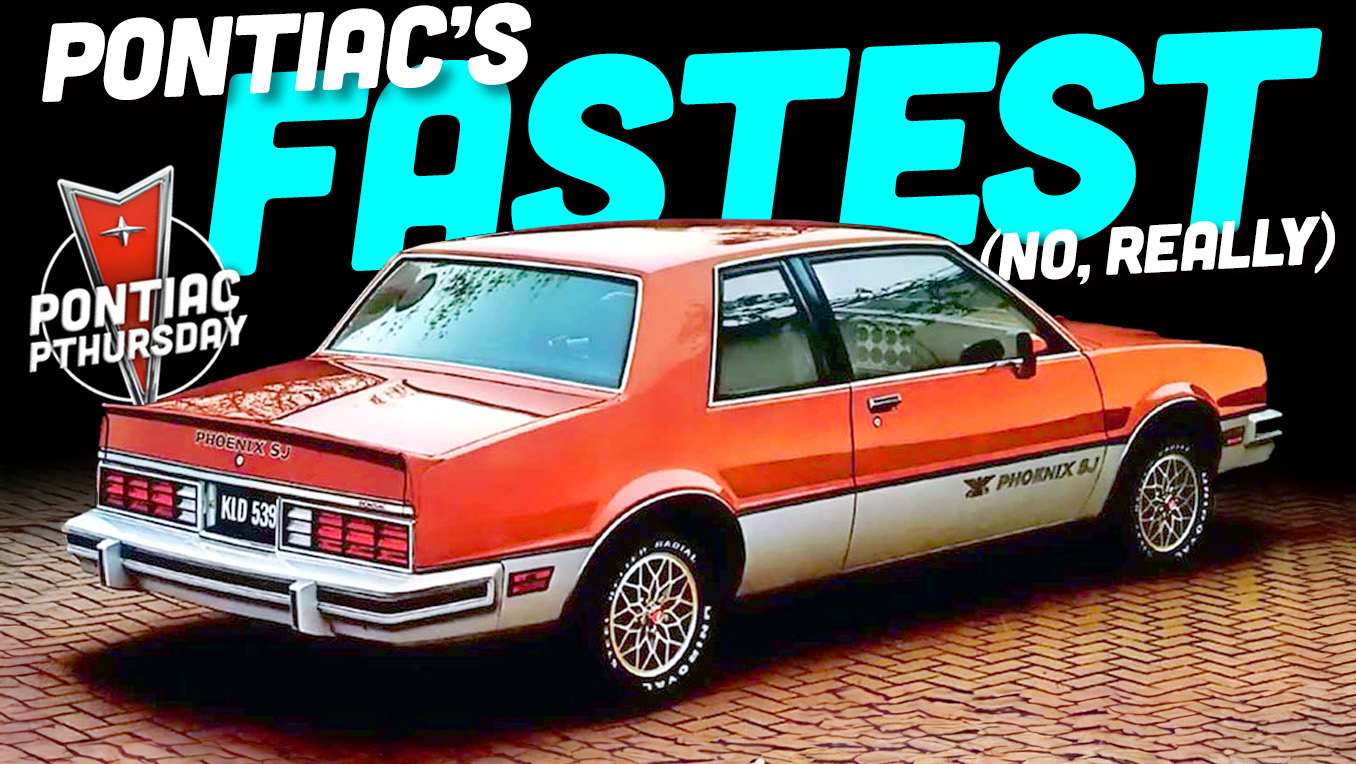
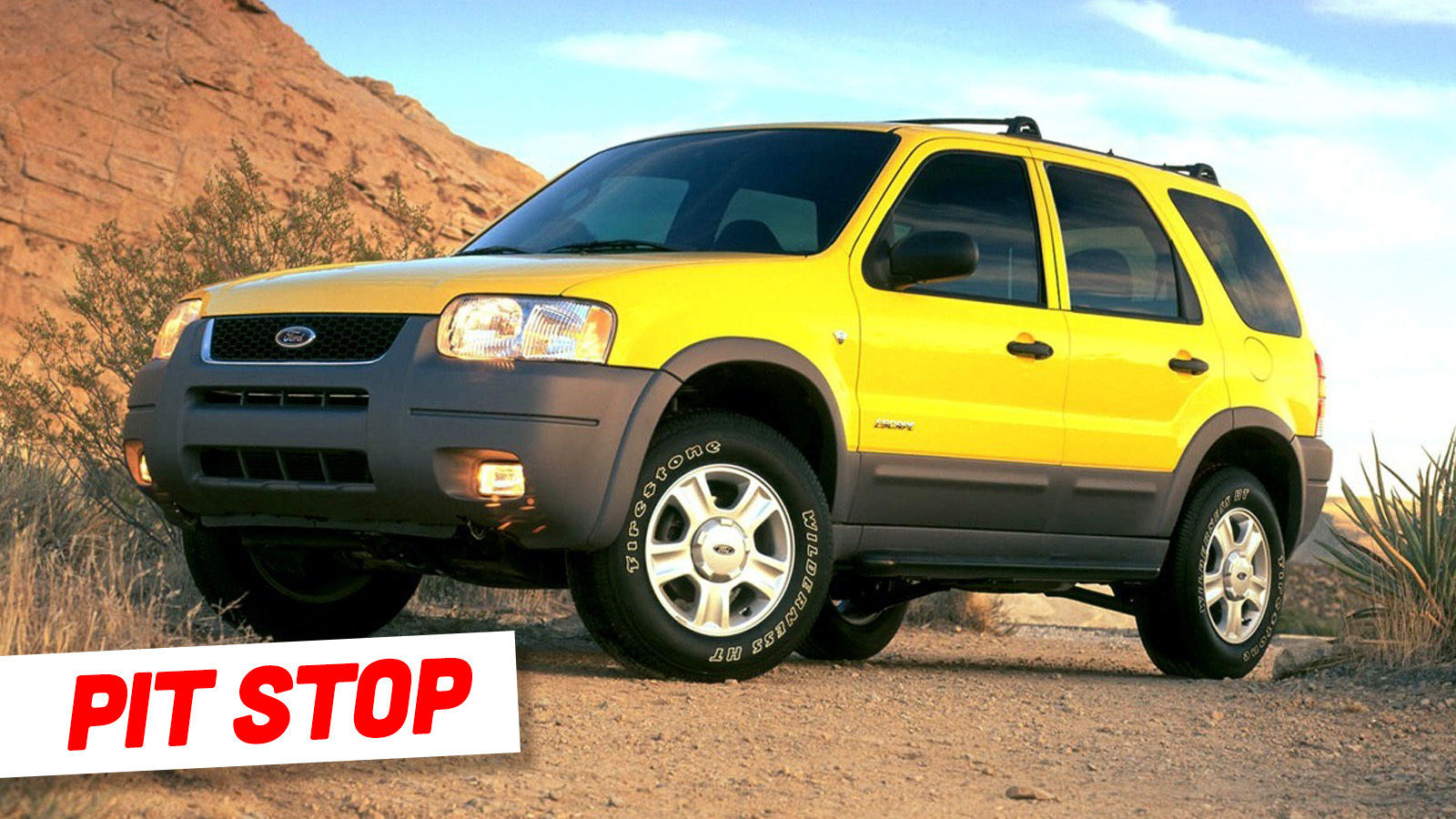

Shame this Volvo wagon isn’t brown and diesel…
A friend had a 850 wagon in dark green. I wanted it then, and still do.
I mean, either is an excellent choice. I’m going wagon for three reasons: (1) stick shift (2) 5 cylinders (3) better city driver for one of my kids. That said, against most other cars, that Toyota is an excellent choice. I’d find some seats for it, though.
I’ll take the truck, but only because I already have two station wagons. And my one FWD Volvo was NOT a fantastic experience.
My record for high-mileage ownership was my ’87 Volvo 744GLE, which I took to 350K (bought it with 250K), then my housemate, then his mother put another 100K on it before the tinworm got it and it failed state inspection for rust. And even then, it was parked in her garage for a decade or so as both of us used it for parts for other Volvos. And I am sure that if we had tossed a battery in it when it finally got towed off to Valhalla after she died, it would have fired right up and run just fine. And it even had the much-loathed ZF 4hp22 autotragic that had never been rebuilt, just regular fluid changes.
My record for driving is the various mid-80s Escort Diesels that the bank courier company I worked for in the late 80s had. The lowest miles of them had 500K, and couple had 600K. They were an “experience”.
The Volvo, all day, every day. The 850 was overall good except for the automatic transmission, which this one doesn’t have. A 2WD Sequoia from Toyota’s frame-rot era and from a road-salt state and with no details and peeling paint and a trashed interior does nothing for me. A well-cared-for manual Volvo wagon, on the other hand, does.
That Volvo has appeal. The Toyota is peeling.
I came here to vote Yota but couldn’t after seeing RWD and untouchable seats. Volvo wagon all the way on this one.
The Volvo, then I can paint it like the BTCC Touring Car
Volvo for me… because manual wagon.
I like the Sequoia better so that’s what I voted for…although the Volvo is stick, it has even more miles. Normally, that’s not a big deal for me so this time it’s just preference. Plus those Sequoias are just great vehicles, plus V8! Hell yeah, I’ll have a ton of fun cruising in it
Here’s the thing w/ Texas cars:
If they’re garaged – as it appears the Volvo was – 400,000 miles is like 150K in California.
On the other hand – that Toyota is trashed. Probably parked outdoors.
Sexy Swede today.
That Sequoia looks really tired to me.